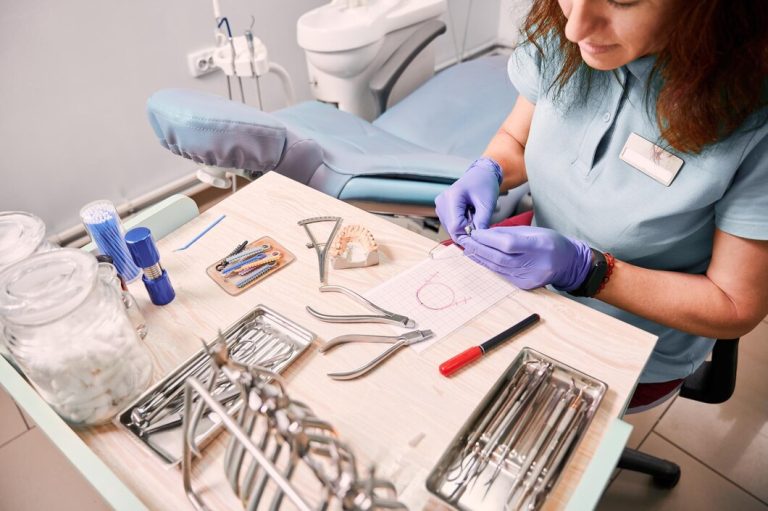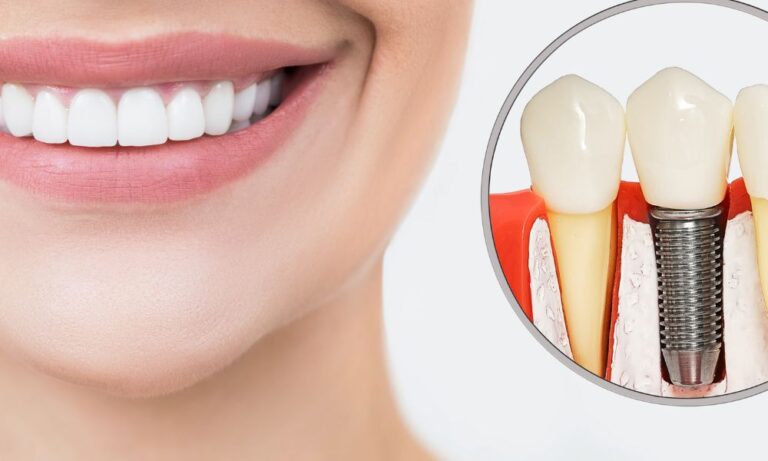Going to the dentist for gum treatment can feel a bit overwhelming, especially if we don’t know what to expect. Understanding the steps involved can help ease our worries and make the experience more manageable. Whether we need a simple cleaning or a more complex procedure, being informed about each stage can make us feel more at ease.
Our visit usually starts with an initial consultation and thorough examination. This helps the dentist understand our specific gum health needs. During this time, the dentist may review our health history and take x-rays to get a complete picture of our oral health. This step is crucial for creating a personalized treatment plan tailored to our needs.
Once the consultation is complete, the dentist will explain the recommended treatments. These can vary from deep cleanings to surgical procedures, depending on the severity of our gum issues. Knowing what each treatment involves helps us prepare mentally and physically. Post-treatment care is just as important and includes tips on how to maintain our gum health at home. This comprehensive guide will help us navigate our gum treatment visit with confidence.
Initial Consultation and Examination
Preliminary Health History Review
During the initial consultation, the first step is reviewing our health history. The dentist will ask about any past dental issues, medications we’re taking, and overall health conditions that might affect our gums. This information helps the dentist understand any underlying problems that could contribute to gum disease. It’s important to provide accurate details to ensure the best care.
Thorough Oral Examination
After reviewing our health history, the dentist will perform a thorough oral examination. This includes checking for signs of gum disease, such as redness, swelling, or bleeding. The dentist will measure the depth of the pockets around our teeth to assess the severity of any gum issues. This examination helps identify problem areas and determine the best treatment plan for our needs.
Diagnostic Imaging and X-Rays
To get a complete picture of our gum health, the dentist may take diagnostic imaging and x-rays. These tools allow the dentist to see below the gum line and evaluate the bone structure supporting our teeth. X-rays can reveal issues like bone loss or infections that aren’t visible during a standard examination. This step is crucial for accurate diagnosis and effective treatment planning.
Common Gum Treatments Explained
Deep Cleaning (Scaling and Root Planing)
One of the most common treatments for gum disease is deep cleaning, also known as scaling and root planing. This procedure involves removing plaque and tartar from above and below the gum line. The dentist then smooths out the root surfaces to help the gums reattach to the teeth. Deep cleaning is usually done in multiple visits to ensure thorough cleaning and reduce discomfort.
Medication and Antibiotic Treatments
In some cases, the dentist might prescribe medications or antibiotics to help treat gum infections. These can come in the form of mouth rinses, gels applied directly to the gums, or oral tablets. Medication helps reduce bacteria and inflammation, promoting healthier gums. It’s essential to follow the dentist’s instructions carefully when using these treatments.
Surgical Procedures for Severe Cases
For more severe gum disease cases, surgical procedures might be necessary. These can include flap surgery, where the gums are lifted to remove tartar deposits, or grafts to rebuild lost bone or gum tissue. Surgery is usually considered after other treatments have been tried and is aimed at restoring gum health and preventing further damage. Discussing these options with the dentist helps us understand what to expect and make informed decisions about our care.
During the Treatment Procedure
What to Expect in the Treatment Chair
When we sit in the treatment chair, the dentist will first explain the procedure so we know what to expect. It’s important to stay relaxed and communicate any concerns. The dentist or hygienist will prepare the tools and set up any necessary equipment. They will take measures to keep us comfortable throughout the process. Disposable bibs and protective eyewear might be provided to keep us clean and safe.
Pain Management and Anesthesia Options
Pain management is a significant part of gum treatment procedures. The dentist will use local anesthesia to numb the area and ensure we feel minimal discomfort. For deep cleanings and surgical procedures, more advanced anesthesia options might be available. Nitrous oxide (laughing gas) or oral sedatives can help us relax even more. Discussing pain management options with the dentist beforehand can help tailor the plan to our comfort level.
Duration and Steps of Common Treatments
The length of our treatment visit will depend on the procedure. Deep cleaning may take one to two hours and might need multiple visits. Surgical treatments can take longer, and the dentist will guide us through each step before starting. Understanding the timeline helps us and our family plan accordingly. Each step, from numbing to cleaning to post-procedure instructions, will be carefully followed to ensure the best results.
Post-Treatment Care and Follow-Up
Immediate Aftercare Tips
After our gum treatment, taking proper care of our mouths is essential. The dentist will provide specific instructions, such as avoiding hard foods and maintaining proper oral hygiene. We might be advised to rinse with a special mouthwash and avoid strenuous activities. Following these instructions helps minimize discomfort and speeds up the healing process.
Long-Term Gum Maintenance
Maintaining our gum health doesn’t stop after treatment. Long-term care includes regular brushing and flossing, using recommended mouthwash, and eating a balanced diet. Regular check-ups are vital to catch any issues early. Adopting these practices helps keep our gums healthy and prevents future problems. It’s about making daily habits that support our overall oral health.
Scheduling Follow-Up Visits and Monitoring Progress
After the initial treatment, scheduling follow-up visits ensures our gums are healing correctly. The dentist will monitor our progress and make any necessary adjustments to our care plan. Setting regular appointments helps keep up with maintenance and detect any new issues early. It’s a proactive step towards lasting gum health and peace of mind.
Conclusion
Understanding what to expect during a gum treatment visit can help us feel more at ease about the process. From the initial consultation and examination to post-treatment care, knowing each step helps reduce anxiety. Proper gum care involves both professional treatment and diligent at-home maintenance. Regular dental visits and good daily habits are crucial for keeping our gums healthy.
If you have gum health concerns or need treatment for periodontal disease, don’t hesitate to contact us. Schedule an appointment with Colorado Gum Care Northglenn, CO, today to receive the best care for your gums. Your journey to healthier gums starts with us.







